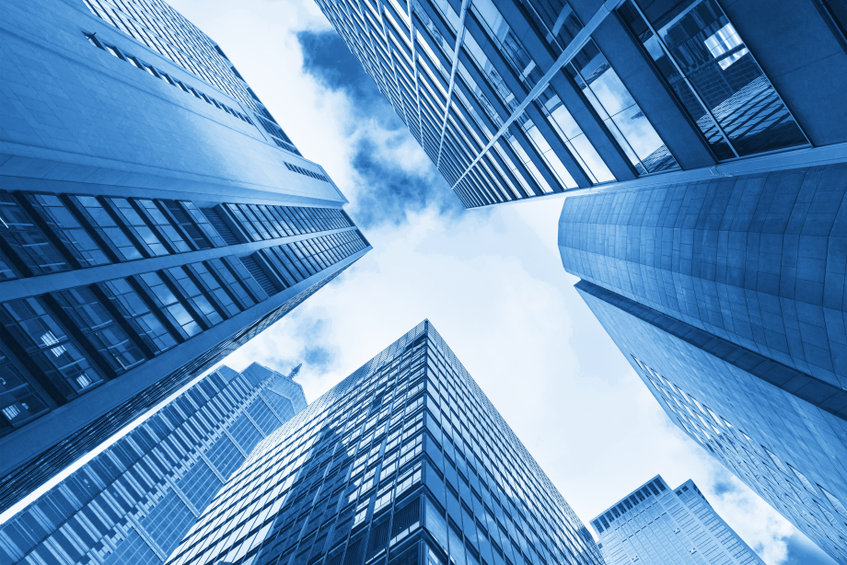
3 Benefits of Sustainable Architecture in Project Management
As demand for sustainable architecture has grown over the last few decades, obtaining a LEED certification has become integral to builders around the world. This recognition sets a benchmark for the operation, construction, design, and maintenance of green homes and buildings. In this article, we define what LEED certification is, the benefits of obtaining one, and why it matters to the success of your next project.
What is LEED Certification?
LEED (Leadership in Energy and Environmental Design) is a widely used system for rating green buildings and sustainability in construction. LEED is available for nearly all building types and provides the framework for cost-effective and efficient building.
Companies with LEED certification are globally recognized for achieving sustainability. It’s not just for new buildings and homes, either—it can also be applied to existing construction that has achieved sustainability. Let’s have a look at the benefits.
Because LEED-certified buildings are energy and resource-efficient, they help reduce stress on our environment. These sustainable buildings and homes can lower the use or resources like energy and water. They also generate less waste than those that aren’t LEED-certified. You can earn points for reducing indoor water use, renewable energy use, and the collection and storage of recyclable materials.
For companies with large workforces (and property managers of residences), the health and safety of their employees is paramount. And, the impact they have on our environment has become more of a focal point. That’s why many organizations are putting more emphasis on becoming environmentally friendly. Green buildings support healthier living and working when they are LEED certified. Indoor air quality, energy-efficient interior lighting, and thermal comfort all contribute to the health and comfort of building occupants.
Not only can LEED certification enhance your building’s image, it will also establish you as a leader in sustainable building practices. Since sustainable architecture and construction is a positive in today’s market, you can charge higher lease rates to your tenants—increasing your ROI and attracting more attention to you as a preferred property manager. Speaking of ROI, green buildings are less expensive to operate as they generate less waste and require fewer resources; thus, leading to lower utility costs.



